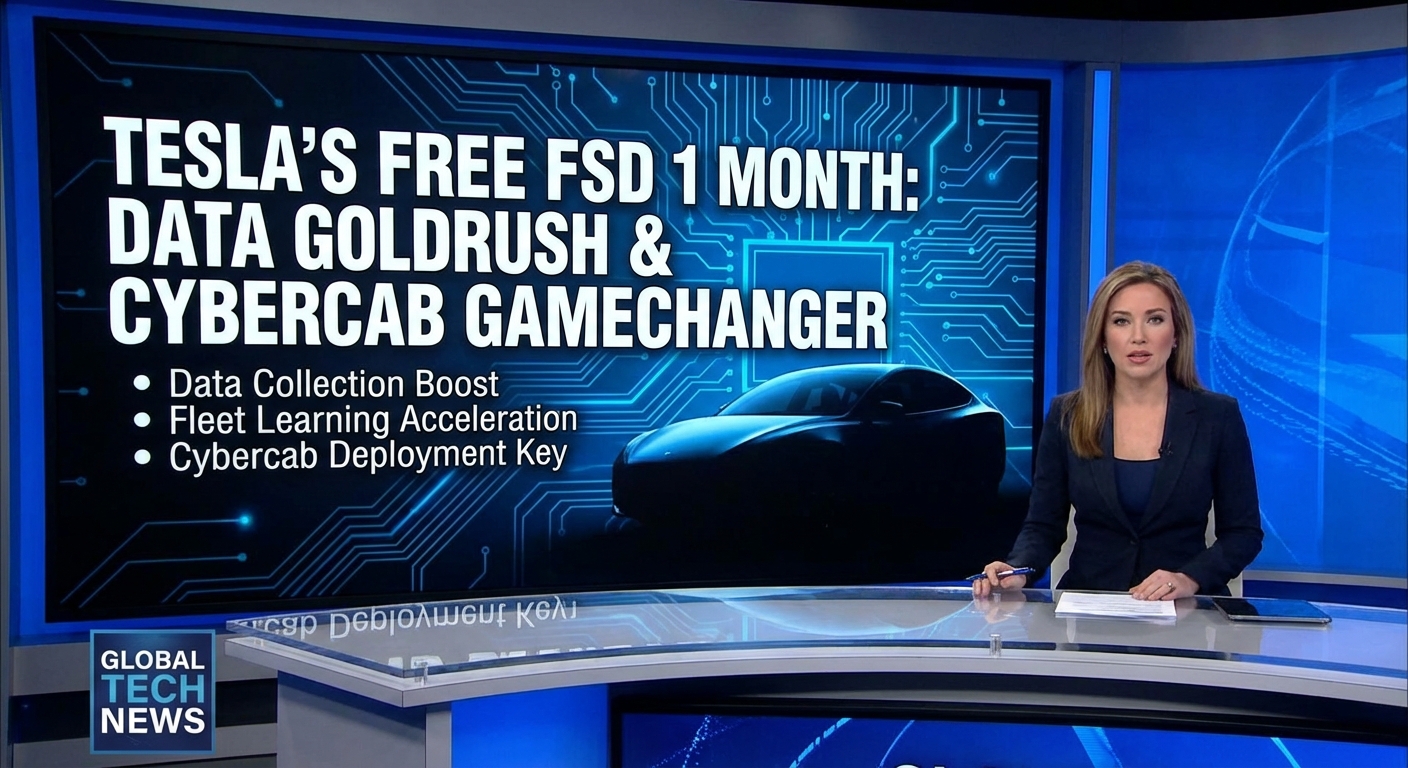● Dollar surge, risk asset rally.
U.S.-China Geneva Trade Talks Briefing: Comprehensive Summary of News Fueling Global Stock Markets and Economy
In this article:
- Why the U.S. and China suddenly held talks in Geneva,
- Roles and atmosphere between working-level officials and leaders of both countries,
- Anticipated key contents of the agreement to be announced on Monday (tomorrow),
- Short-term impact points on global stock markets, exchange rates, etc.,
- Signals of future changes in U.S.-China relations
are all summarized without omission. The main text develops by incorporating key keywords such as the global investment market, trade war, financial market, exchange rate, and summary of the summit.
1. U.S. and China Hold Unannounced Trade Negotiations in Geneva, Claiming “Significant Progress”
Both countries suddenly held working-level and diplomatic talks in Geneva, Switzerland. The U.S. side included Ambassadors Vesent and Greer, while China was represented by Vice Premier He Lifeng and two deputy ministers. The outcomes of the talks were shared with Trump in real-time until the previous night.
Both sides issued positive comments and quickly announced the results, significantly affecting short-term market capitalization and investor sentiment. An official briefing is scheduled for Monday.
2. Background of Agreement: U.S.-China Trade War ‘Top-Down vs. Old School’
Trump declared a national emergency and imposed tariffs, considering a $1.2 trillion trade deficit.
Trump’s style is ‘top-down’ (direct engagement between leaders), preferring confrontational dynamics.
Xi Jinping approaches cautiously, with ‘working-level → leader approval.’ This approach considers the risk of embarrassing situations, such as the past Zelensky-Trump case.
The talks were effectively a ‘proxy war’ between key working-level officials rather than a direct meeting between the U.S. and Chinese leaders. He Lifeng (virtually equivalent to a prime minister) and Vesent played major roles.
3. Key Discussion Points and Expected Agreement (To Be Announced on Monday)
To date, high-ranking officials from both countries have mentioned “productive and significant progress.”
A joint statement is scheduled to be announced simultaneously by both countries on the 12th.
Agreement to establish a real-time economic and trade consultation mechanism (hotline).
Indication of an end to the mutual tariff competition (race).
Both countries mentioned strengthening the management of differences and expanding areas of cooperation.
China emphasized, with the analogy that “the timing of delicious food is not important,” that even if the time is late, good results will come globally.
4. Short-Term Reaction of Global Financial Markets and Investment Points
European stock markets and exchange rate markets reacted immediately after the announcement of the success of negotiations and the prospect of an agreement.
Dollar surge, improved risk asset investment sentiment, and expansion of preference for U.S.-centered risk assets.
Potential for short-term gains in Asian and open-market stock markets; caution is needed for increased volatility in the U.S. stock market on Monday.
Global investors should pay attention to the trade war issues and announcements from each country regarding the summit.
5. Signals of Structural Transition in U.S.-China Relations
Even if the agreement is at an initial level, the ‘extremization’ of the trade war is expected to be put to rest for now.
Weakening of the stance of unconditionally resorting to tariff retaliation and hard-line responses as in the past.
Strengthening of working-level negotiation capabilities and the establishment of permanent communication channels signal reduced market uncertainty.
Although leaders’ direct participation is limited, the establishment of a proxy negotiation structure and increased flexibility are analyzed as key features.
6. Conclusion: ‘First Step’ in Resolving Structural Risks, Short-Term and Long-Term Strategies
This deal provides reassurance to the global financial market and offers material for reviewing risk management-focused portfolios.
Both countries will maintain ‘superficial differences,’ but in reality, structural confrontation risks are significantly reduced.
It is necessary to confirm the full-scale U.S.-China summit or additional working-level consultations, and the details of the joint statement.
Re-adjust investment strategies focused on exchange rates, stock markets, and companies that export/import to the U.S. and China.
As a key issue in the global economy and financial markets, separate monitoring on a weekly and monthly basis is essential in the future.
< Summary >
The U.S. and China made significant progress in trade negotiations in Geneva. Although the leaders did not directly participate, the threshold for agreement was crossed through a proxy war by key working-level officials. An official joint statement is expected on the 12th (Monday). The establishment of a real-time hotline and promises to stop tariff competition are rapidly improving investor sentiment in the global financial market. Attention needs to be paid to the Asian, European, and U.S. stock markets. As the structural risks in U.S.-China relations are analyzed to be settled for now, it is a good time to re-examine investment strategies and portfolios.
Summary of U.S.-China Trade Negotiations in Geneva Emergency Progress and Analysis of Short-Term Impact on Global Markets
The U.S. and China conducted a summit through a working-level proxy war in Geneva regarding the trade war.
Including key working-level officials, Trump-Xi Jinping’s top-level communication led to a significant progress agreement, with an official joint statement expected on the 12th.
Signals of trade war easing are emerging, such as the establishment of a hotline and a halt to tariff competition.
European stock markets, exchange rates, and global financial markets are reacting immediately, requiring a re-examination of short-term investment strategies.
Comprehensive reflection of top economic keywords such as economy, trade war, financial market, exchange rate, and summit.
Expectations of reduced structural risks in the future, with weekly news monitoring essential.
[Related Articles…]
- Exchange Rate Forecast and Portfolio Strategy After U.S.-China Trade War
- Key Investment Issues in the Global Financial Market for the First Half of 2024
*YouTube Source: [Maeil Business Newspaper]
– [속보] 미중 제네바 합의 성사됐다. 급등하는 달러값, 위험자산 랠리하나 I 홍장원의 불앤베어



